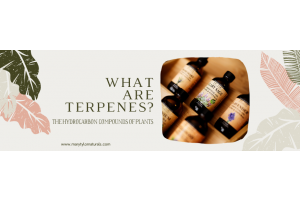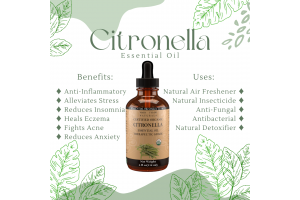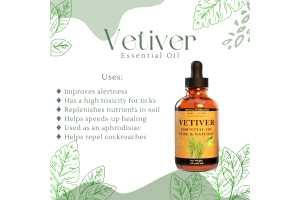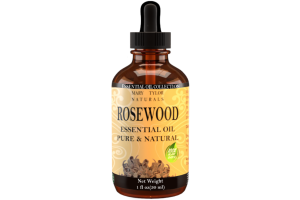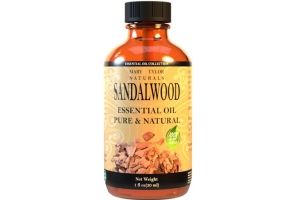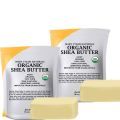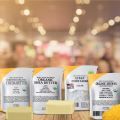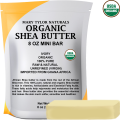How are Essential Oils Created?
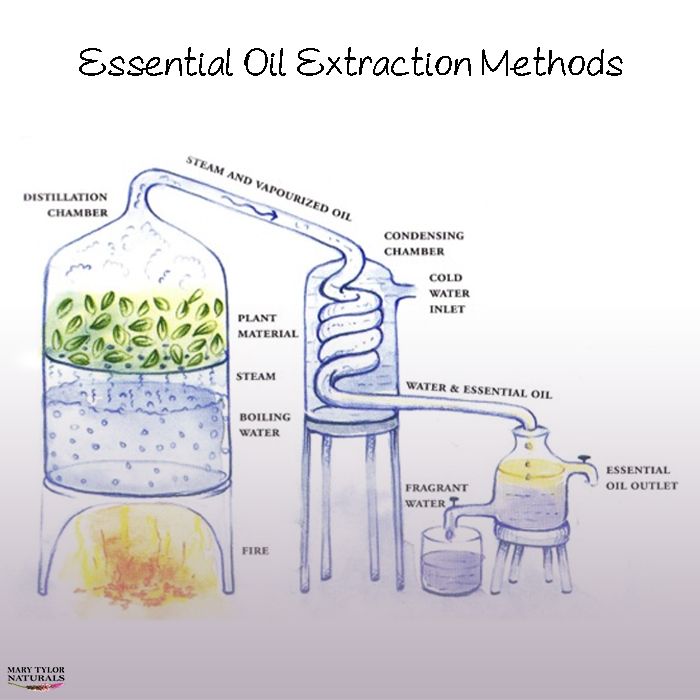
How are Essential Oils Created?:
Holistic | Informative
By: Joanna Jones 28th January, 2022
Essential Oils are an extract from a plant material, such as flowers, buds, fruits, leaves, stems, barks, roots, etc. The essence of these plant materials is extracted in a few different processes to create a highly concentrated oil of said plant material. These essential oils are then used medicinally, aromatically, or therapeutically.
Essential Oils have been used for thousands of years for their aromatherapy and therapeutic benefits. Cultures around the world developed and used essential oils separately and on their own accords. The history of essential oils date back to pre-historic times, nearly 20,000 years ago as discovered in the cave paintings in Dordogne region of France. The Egyptian use of essential oils were recorded as far back as 4500BC. They Chinese first recorded use dates back to around 2697 – 2597BC. The Greeks were the first to start using essential oils since their pre-historic ancestors when they received them as gifts and trades from the Egyptians. The Persians (Ali-Ibn Sana, 980 – 1037AD) were the ones to actually steam distill the plant matter into the oils we know today.
What is this “extraction process”?
There are a few extraction processes used to make essential oils. Steam Distillation, Cold Press Extraction, Solvent Extraction, Water Distillation, Maceration, CO2 Extraction, and Enfleurage. Mary Tylor Naturals essential oils are extracted using the Steam Distillation and Cold Pressed methods (our Vanilla uses CO2 Extraction). Here we go into what those are exactly.
Steam Distillation is one method of extraction that is used to create essential oils.
This method involves: harvesting and collecting the plant matter to be used, it is placed in a distilling apparatus that is suspended over boiling water. The steams draws the essence from the plant. The steam rises into a vessel and is forced through a tube. Once the steam cools it condenses back into water. The oil (essence) is then separated from the water and collected. The remaining water becomes a hydrosol, depending on the oil.
Cold Pressing, which generally involves the entire fruit (think of essential oils like Bergamot, Lemon, Sweet Orange, Grapefruit, Lime). The fruit is washed and placed in a container where it is agitated to bring the oils to the surface. Water is sprayed over the fruit and mixed with the essential oil released from the botanical matter. The essential oil (essence) is then separated from the water and collected.
Another extraction method used is CO2 Extraction. Pressurized carbon dioxide becomes liquid while remaining in a gaseous state, and pumped into a chamber filled with the plant material. The CO2 functions as a solvent on the plant matter, drawing the oils and other compounds out. The essential oil then dissolves into the liquid CO2. The CO2 is returned to natural pressure and evaporates back into its gaseous state, leaving the oil behind.
Chemical extraction methods used to produce an oil do NOT qualify as an Essential Oil.


